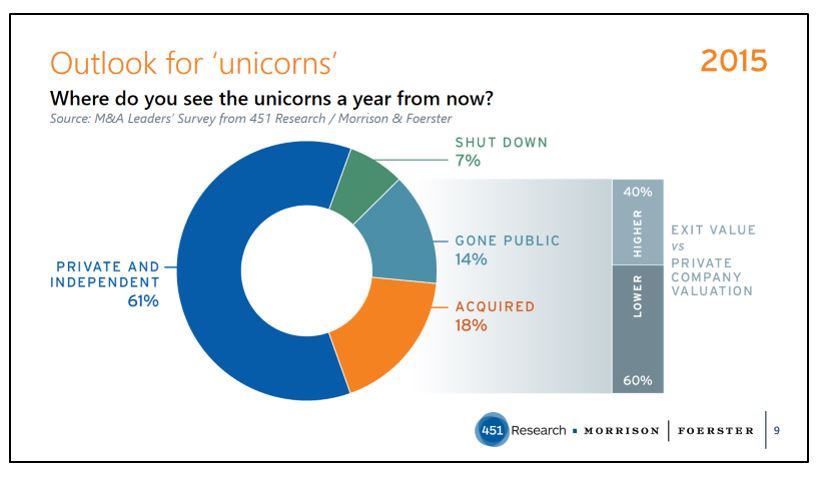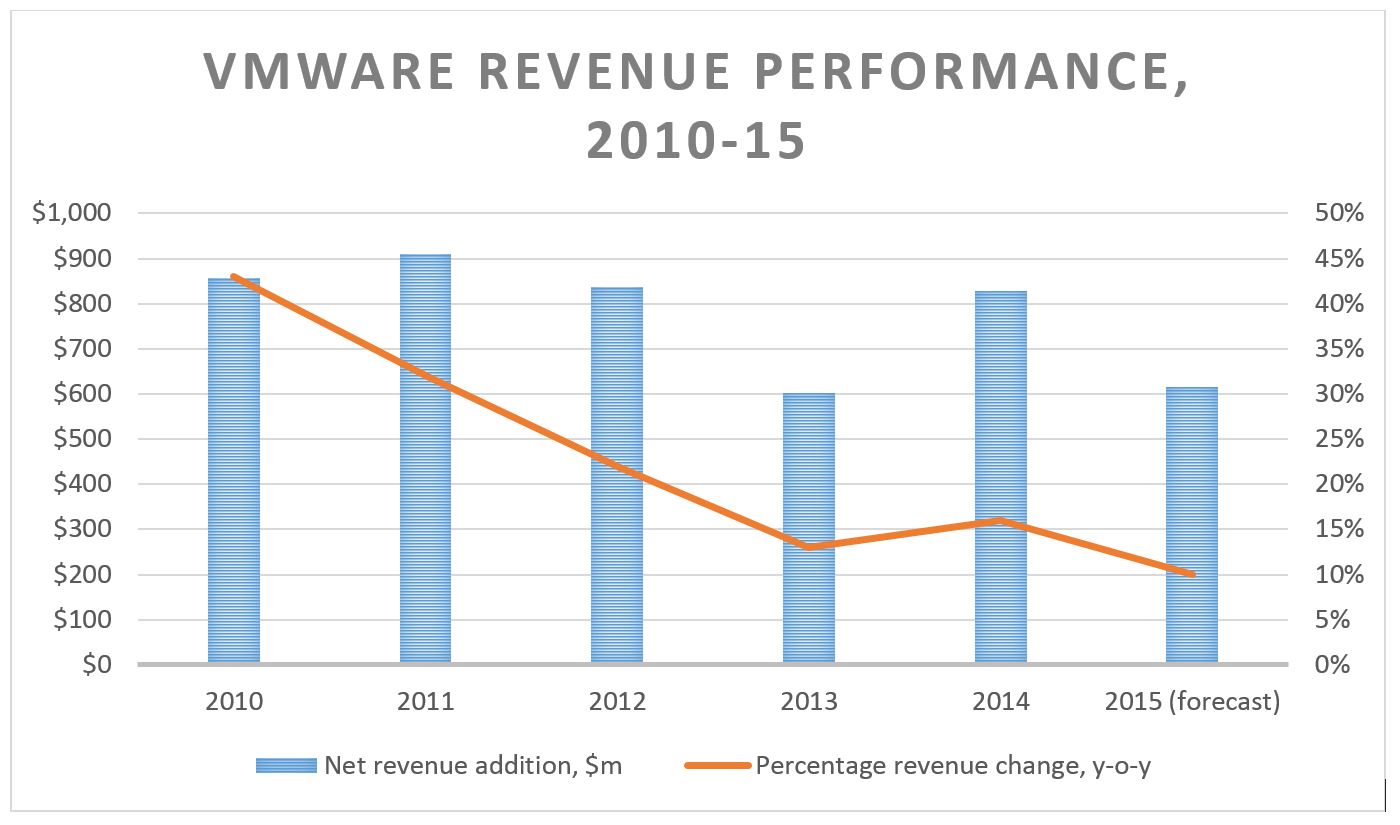Contact: Brenon Daly
Why bother with Wall Street? An increasing number of tech startups – particularly those in the red-hot information security market – are saying ‘thanks, but no thanks’ to going public, and instead raising IPO-like rounds from private investors. So rather than an IPO for security startups being an ‘initial public offering,’ it stands for ‘inflated private offering.’
This trend toward big checks reached new heights this week with a $250m round raised by Tenable Network Security from Insight Venture Partners and Accel Partners. Yes, that’s right: a quarter-billion dollars in a single investment, with no SEC headaches, no public financial disclosure and very few stops on an abbreviated roadshow. If that kind of relatively hassle-free money is sloshing around the security landscape, why wouldn’t a company divert some of it to its own treasury?
And to be clear, that kind of money is available in infosec. So far this year, at least eight security startups have announced single rounds of funding that in years past would have only been available from Wall Street. In addition to this week’s whopper from Tenable, we also saw Illumio raise $100m in April, Zscaler raise $100m in early August, CloudFlare raise $110m in late September, Tanium raise $120m in early September, CrowdStrike raise $100m in mid-July and Okta and Netskope both raise $75m in early September.
Against this flurry of private-market fundings, we’ve seen just one infosec provider go public on US exchanges in 2015. In many ways, Rapid7’s decision to go ahead with its $100m IPO in June is almost endearingly recherché. But the out-of-step decision to go public also comes at a financial cost to Rapid7. Because of an inversion in conventional financing, the liquidity of Rapid7 shares and the transparency actually get discounted when compared with private-market fundings. Rapid7 isn’t even a unicorn, unlike the majority of still-private infosec startups that raised as much – if not more – than it did.
Classical economic theory holds that an imbalance such as this tends to correct over time. (The only open question is when, not if.) However, assuming we do return to a time when Wall Street is the primary – if not exclusive – source for, say, fundings of $100m or more, simply working through the existing backlog of infosec companies that have already done these big-money rounds in the private market could take several years. And, as we have seen in other markets that are temporarily distorted because of an overabundance of capital, working through that can be a painful process.
For more real-time information on tech M&A, follow us on Twitter @451TechMnA.


